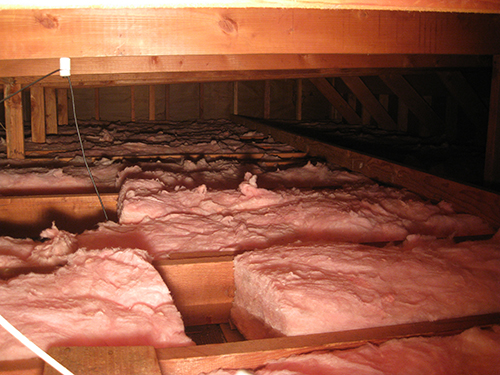
Could have sworn I filled in that little hole there.
Insulation is a critical component in modern construction, providing thermal efficiency and energy savings. However, there has been a long-standing concern regarding the fire hazard associated with insulation materials. In this blog post, we will delve into the topic and explore whether insulation is truly a fire hazard or if it is simply a misconception.
- Understanding Insulation Materials:
Insulation materials come in various forms, including fiberglass, mineral wool, cellulose, and foam. Each material has its unique properties and fire resistance capabilities. It is crucial to understand the differences between these materials to evaluate their fire hazard potential accurately. - Fire Resistance Ratings:
Insulation materials undergo rigorous testing to determine their fire resistance ratings. These ratings indicate the material's ability to withstand fire and prevent its spread. The most commonly used rating system is the ASTM E84, which measures flame spread and smoke development. By adhering to these standards, manufacturers ensure that their insulation products meet safety regulations. - Fire Retardant Treatments:
To enhance the fire resistance of insulation materials, manufacturers often apply fire retardant treatments. These treatments reduce the material's flammability and slow down the spread of fire. It is essential to choose insulation products that have undergone proper fire retardant treatment to minimize fire hazards. - Installation Practices:
While insulation materials themselves may have adequate fire resistance, improper installation practices can increase the risk of fire hazards. Gaps, voids, or compressed insulation can compromise the material's effectiveness and create potential fire pathways. It is crucial to follow recommended installation guidelines to ensure the insulation's fire safety performance. - Building Codes and Regulations:
Building codes and regulations play a significant role in ensuring fire safety in construction. They provide guidelines for insulation installation, fire barriers, and other fire protection measures. Compliance with these codes is essential to minimize fire hazards associated with insulation and ensure the overall safety of the building.
Conclusion:
Contrary to popular belief, insulation materials, when properly selected, installed, and maintained, do not pose a significant fire hazard. Understanding the fire resistance ratings, fire retardant treatments, and following proper installation practices are key to ensuring the safety of insulation in buildings. By debunking the myth of insulation as a fire hazard, we can appreciate its vital role in energy efficiency and comfort without compromising safety.
